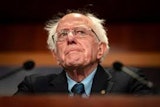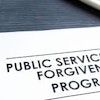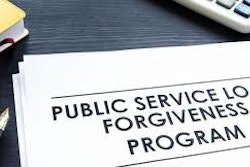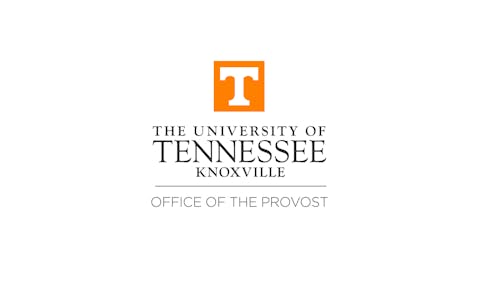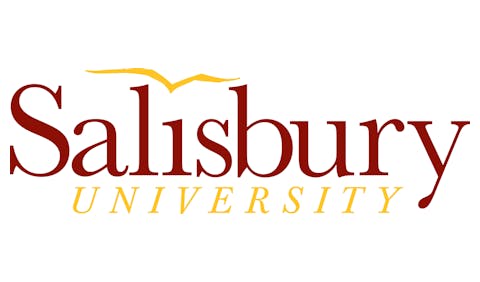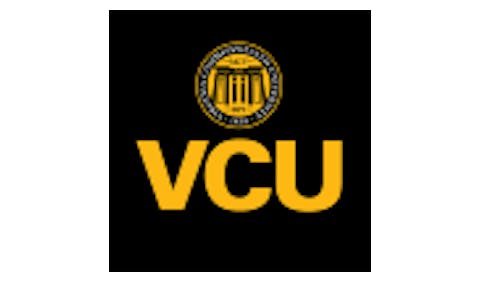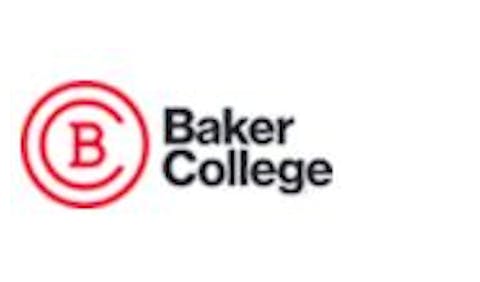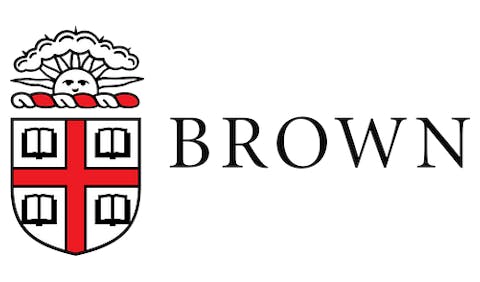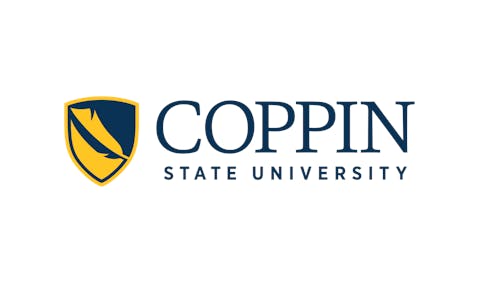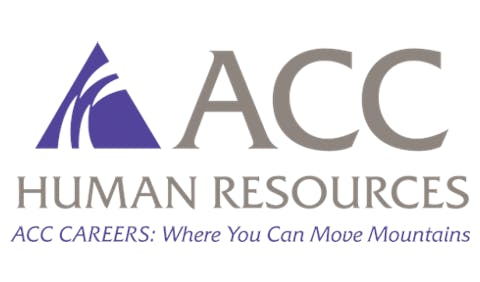In a significant milestone for public service workers, President Joe Biden recently announced an additional $4.5 billion in student debt cancellation for over 60,000 borrowers under the Public Service Loan Forgiveness (PSLF) program.
This latest relief brings the total number of public service workers who have had their student loans forgiven under the Biden-Harris administration to over 1 million. Before Biden took office, only 7,000 borrowers had received forgiveness through PSLF, highlighting the transformative impact of the administration's reforms to the program.
“For too long, the government failed to live up to its commitments. We vowed to fix that, and because of actions from our administration, now over 1 million public service workers have gotten the relief they are entitled to under the law,” Biden said in a statement.
Launched in 2007, PSLF was supposed to give student loan relief to teachers and other public servants who spent at least 10 years on the job – from firefighters to police officers, to nurses to members of the military. The problem was that the program was poorly designed, meaning many public servants were denied assistance and, in some years, 98 percent of applicants were rejected. Often, it was discovered after 10 years of timely payments that they had not been enrolled in the right kind of repayment plan or had taken out the wrong kind of loan.
The Biden administration revised and expanded PSLF in the past year. This made the program easier to qualify for, reinstated forms of eligibility, and issued blanket waivers to make credit earned simpler for many borrowers. A Limited PSLF Waiver was created to support public service workers impacted by the pandemic, allowing prior payments on direct and federally held FFEL loans to count towards PSLF regardless of repayment plan or type of loan. Pell Grants make college more affordable for vulnerable populations and borrowers and employers can now complete an online application, making it quicker to see loans forgiven.
“Procedural improvements to the program are worth celebration,” said Dr. Robert Kelchen, professor and Department Head of Educational Leadership and Policy Studies at the University of Tennessee, Knoxville. “However, administrations must keep it in place to ensure it is a long-term success.” he said.
“It has really fallen on the Biden administration to make the program work, and they've put a lot of focus on doing so, because a number of their other loan forgiveness efforts have been stopped in court,” said Kelchen. “Much of the program’s continued success depends on who is in charge in Washington. It also depends on having an administration that cares about the program and its continued expansion,” he added.
Biden recently highlighted the personal stories behind the numbers, including one from a kindergarten teacher who had been paying her student loans for 12 years. Under the PSLF program, more than $46,000 of her loans were canceled, allowing her to move forward without the financial burden of student debt. Stories like hers reflect the tangible impact of the administration’s efforts to reform PSLF.
In total, the Biden administration has approved $175 billion in student debt relief for nearly 5 million borrowers through different actions, including PSLF and other forgiveness programs.
The Council of Economic Advisers published an analysis showing the economic benefits of PSLF for public service workers and the broader economy. The analysis shows that PSLF provides borrowers with greater financial stability, allowing them to buy homes, start businesses, and improve their overall financial health. In addition, the program makes it easier for individuals to pursue and remain in public service careers that are vital to local communities.
Kelchen notes that critics of the PSLF program point to the fact that its benefits really accrue to relatively wealthy people who often have graduate degrees, and many of whom are saddled with large amounts of debt – potentially in the area of $100,000. Even for those with solid incomes, paying down a six-figure sum can be difficult.
“With the amount of debt forgiven, the last time I looked it was in the area of $100,000 or so,” he said. “Even if you are making some pretty good money, that’s a really difficult amount of debt to pay off.”
As part of the Biden-Harris administration’s efforts to expand access to the PSLF program, the Department of Education has been actively working with public sector unions such as the American Federation of Teachers, National Education Association, and Service Employees International Union to promote the program. These organizations are conducting outreach to encourage their members to sign up for student debt relief programs, particularly through clinics and online tools.
Biden’s latest announcement is part of a broader strategy to reduce the overall burden of student debt. Other measures to ease the burden of student debt have included the Saving on a Valuable Education (SAVE) plan for income-driven repayment and debt cancellation for students whose institutions have shut down or defrauded them.
“I think that most borrowers hoping for PSLF are looking more for consistency in following the current program requirements than for further program expansions,” said Kelchen. “The program's generosity is likely to seesaw across administrations, and that puts borrowers in a challenging position.”
